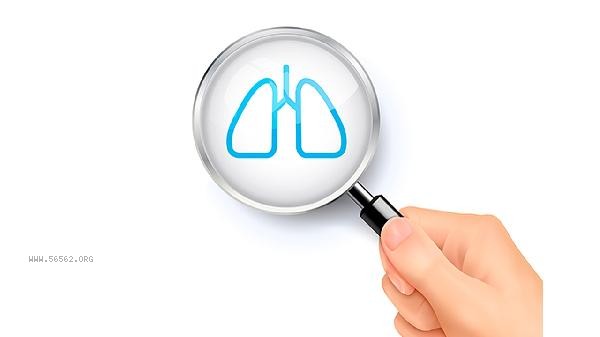The normal range of various indicators in pulmonary function tests varies depending on age, gender, and height. The main reference indicators include forced vital capacity (FVC) accounting for ≥ 80% of the expected value, forced expiratory volume in the first second (FEV1) accounting for ≥ 80% of the expected value, FEV1/FVC ratio ≥ 70%, maximum ventilation volume (MVV) accounting for ≥ 80% of the expected value, and diffusion function (DLCO) accounting for ≥ 80% of the expected value.

1. FVC:
The forced vital capacity reflects the total lung volume, and the normal value is 80% -120% of the expected value. Adult males typically consume 3.5-5.5 liters, while females consume 2.5-4.0 liters. Less than 80% indicates restrictive ventilation disorders, which may be related to pulmonary fibrosis and chest deformities, and further investigation should be conducted in conjunction with chest CT.
2. FEV1:
The first second forced expiratory volume is used to evaluate airway patency, and the normal value should be above 80% of the expected value. The FEV1/FVC ratio in healthy adults is usually greater than 75%. If the ratio is less than 70% and FEV1 decreases, it indicates obstructive lesions such as chronic obstructive pulmonary disease, which requires diagnosis through bronchial dilation test.
3. MVV:

Maximum ventilation volume test for respiratory muscle endurance, with a normal range of 80% -120% of the expected value. Athletes can reach up to 150%, while less than 50% may indicate neuromuscular disease or severe airway obstruction. During the examination, the subject is required to take a quick deep breath within 12 seconds, and the results are easily affected by the degree of cooperation.
4. DLCO:
Carbon monoxide diffusion capacity is used to detect alveolar capillary membrane function, with normal values accounting for 80% -120% of the expected value. If it is less than 60%, one should be alert to interstitial lung disease, pulmonary embolism, or anemia, and if it is higher than 120%, it may be seen in polycythemia. Smokers need to quit smoking for 24 hours before the examination to avoid false reduction.
5. Small airway function:
The maximum mid expiratory flow rate (MMEF) and mid expiratory flow rate (FEF) of 25% -75% reflect the status of the small airway, and the normal value should be greater than 65% of the expected value. Early chronic bronchitis patients may only show a decrease in this indicator, and regular follow-up pulmonary function monitoring is needed to monitor the progression of the disease.

Avoid vigorous exercise, smoking, and the use of bronchodilators before lung function tests, and wear loose clothing in accordance with technician instructions. Long term exposure to dust or smoking among people over 40 years old is recommended to undergo annual testing. Those who have symptoms of shortness of breath or chronic cough after activities should promptly complete the examination. Daily lung function can be improved through abdominal breathing training and aerobic exercise, while intake of vitamin E and Omega-3 fatty acids helps maintain alveolar elasticity. When the examination results are abnormal, a respiratory specialist should conduct a comprehensive evaluation based on clinical symptoms and imaging.








Comments (0)
Leave a Comment
No comments yet
Be the first to share your thoughts!